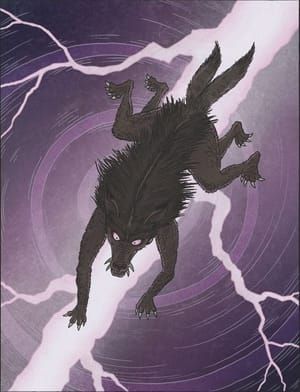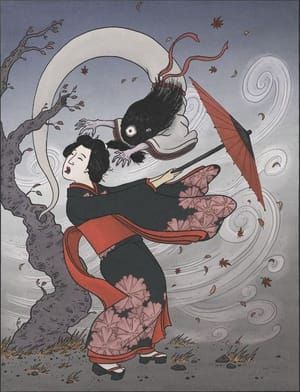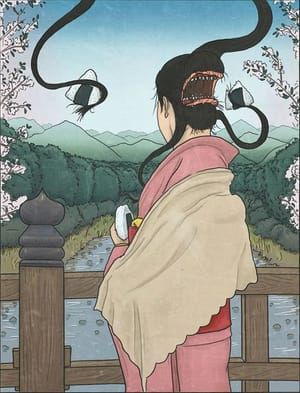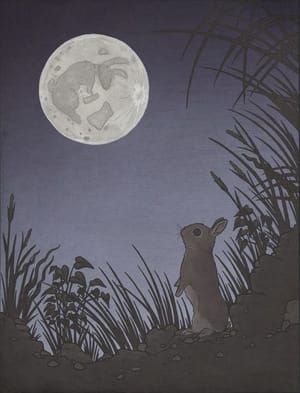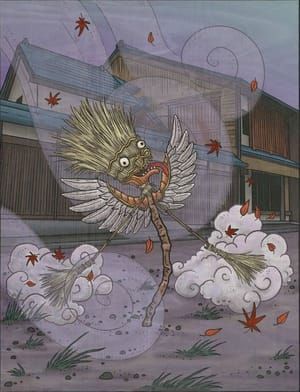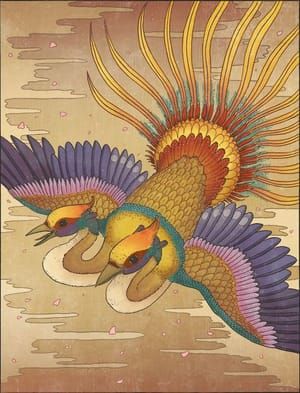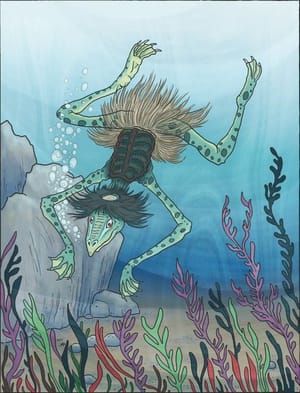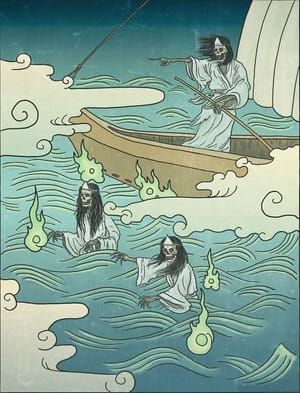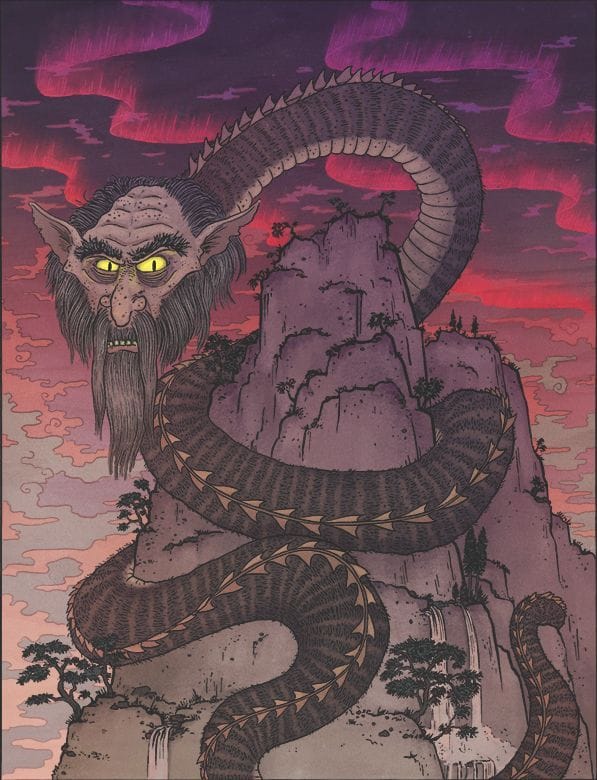

Shokuin, 2017
Matthew Meyer
燭陰
Shokuin is a mighty god with the face of a human, and the body of a red dragon. His body is said to be 1000 ri long (an ancient unit of distance which varies quite a bit from age to age and place to place)—an immeasurable distance, meaning that he is impossibly large. He lives at the foot of Mount Shō, near the northern sea. His eyes glow like beams from a lighthouse, and his breath is so strong that it changes the seasons.
When Shokuin opens his eyes, day falls upon the earth. When he closes them, it becomes night. When he inhales it becomes summer. When he exhales it becomes winter. Shokuin does not need to eat, drink or breathe to survive, but when he does decide to breathe it causes huge gusts of wind.
Shokuin originally comes from China. Shokuin is the Japanese pronunciation of the characters that make up his name; in China he is known as Zhuyin or Zhulong. Many yōkai were lifted straight from Chinese by Japanese authors—some of them more or less word for word, others undergoing quite a bit of a transformation and reinterpretation, depending on how much liberty the authors decided to take. Toriyama Sekien’s description of Shokuin doesn’t undergo too much of a change from his source: the Sengaikyō (Chinese: Shanhaijing), an encyclopedia of fantastical Chinese mythological creatures. However, Shokuin appears in a number of other Chinese books, many of which contain contradictory statements about precisely where he lives and other details about him. It isn’t clear where exactly his home of Mount Shō is located, but Toriyama Sekien describes it as being near the Arctic Ocean.
Due to his size and the effects that his blinking and breathing has on the day/night and seasonal cycles, Shokuin may have been an ancient Chinese solar or fire deity, or even a personification of the sun. It has also been suggested that Shokuin may have been the aurora borealis. An ancient Chinese name for the northern lights was “red spirit,” and the location of Shokuin far to the north further supports this theory. To the ancient Chinese, the aurora may have looked like a giant red dragon thousands of kilometers long writhing across the northern sky.
Matthew Meyer
artistArthur
Wait what?
